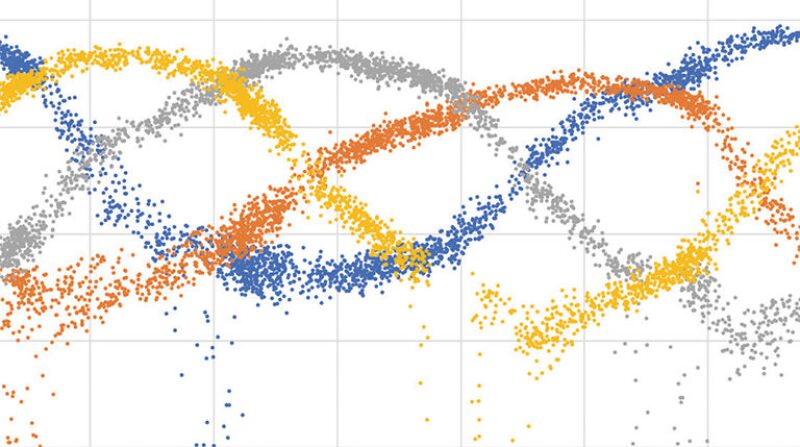This paper discusses the effectiveness of third-generation (Gen3) production-logging-tool (PLT) technology, which uses co-located digital sensors for simultaneous acquisition of flow data to provide the most accurate characterization of the flow condition at each depth surveyed. The resulting data allow for much-improved processing. The probabilistic interpretive model used in the processing has been updated to incorporate this and future developments in PLT architecture.
Introduction
The first generation of PLT provided a single, discrete measurement for each sensor along the tool assembly’s length, resulting in long tool assemblies and measurements taken at different points along the flow path. This approach had several drawbacks: long toolstrings, point sensors that only provided a measurement at a single point in the cross section of the flow, and measurements that were not acquired simultaneously at each depth logged.


